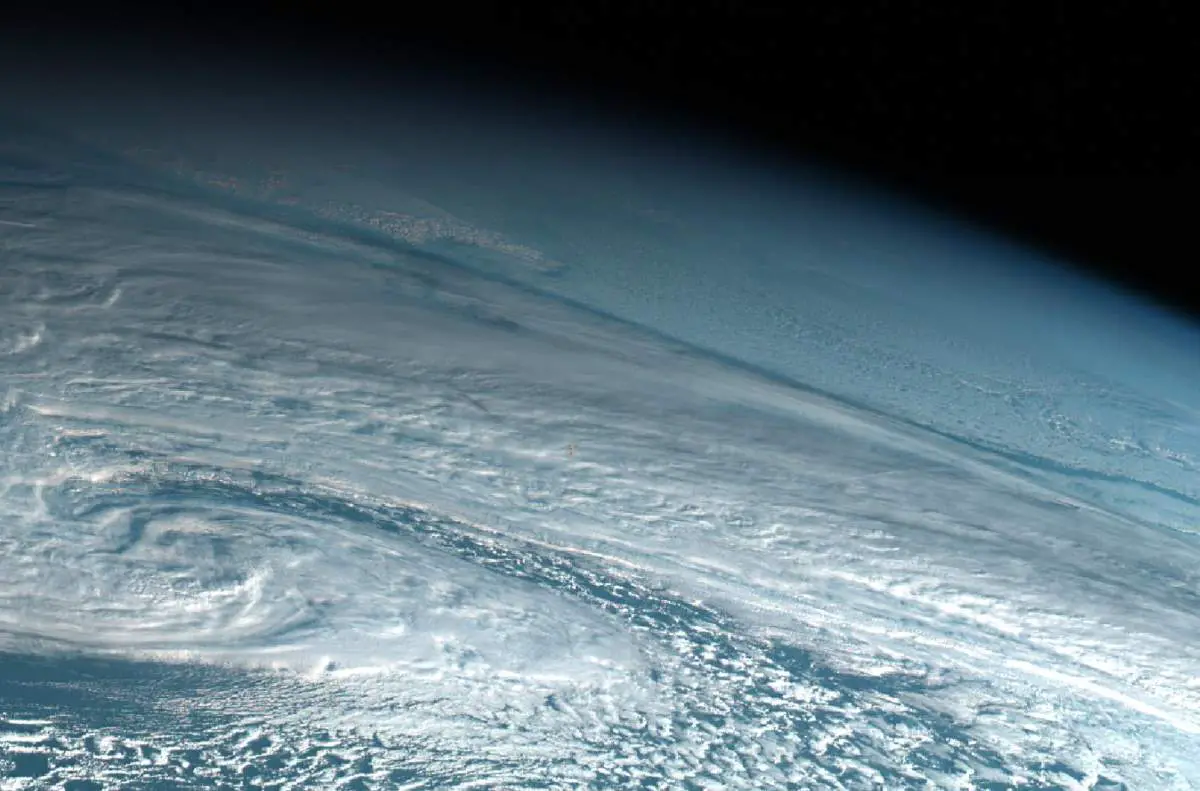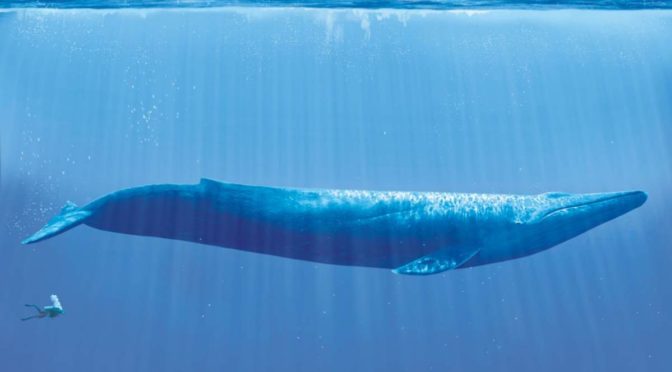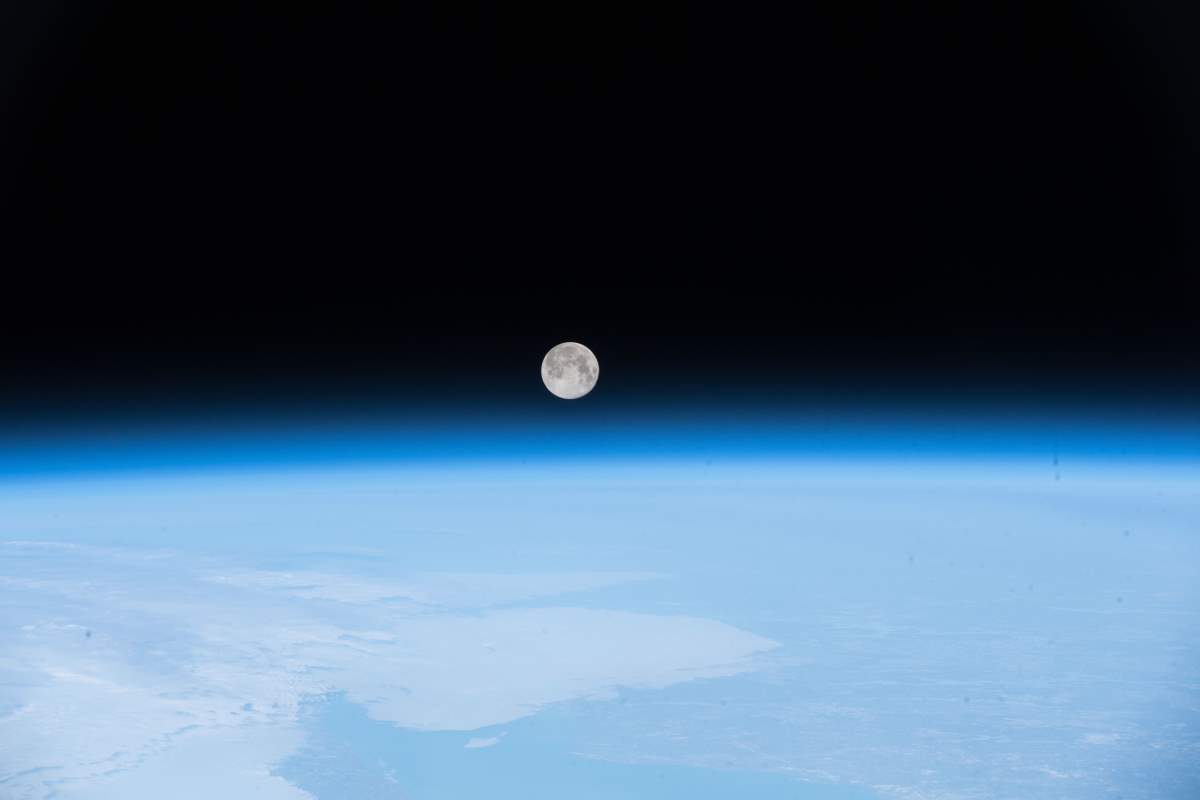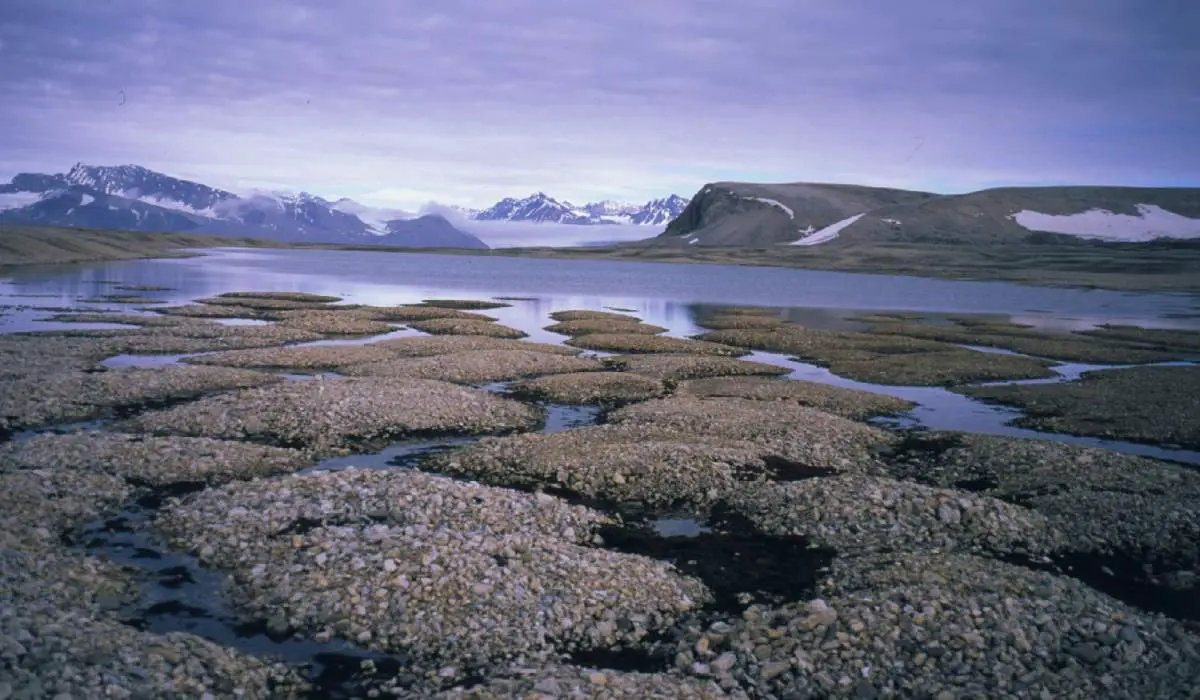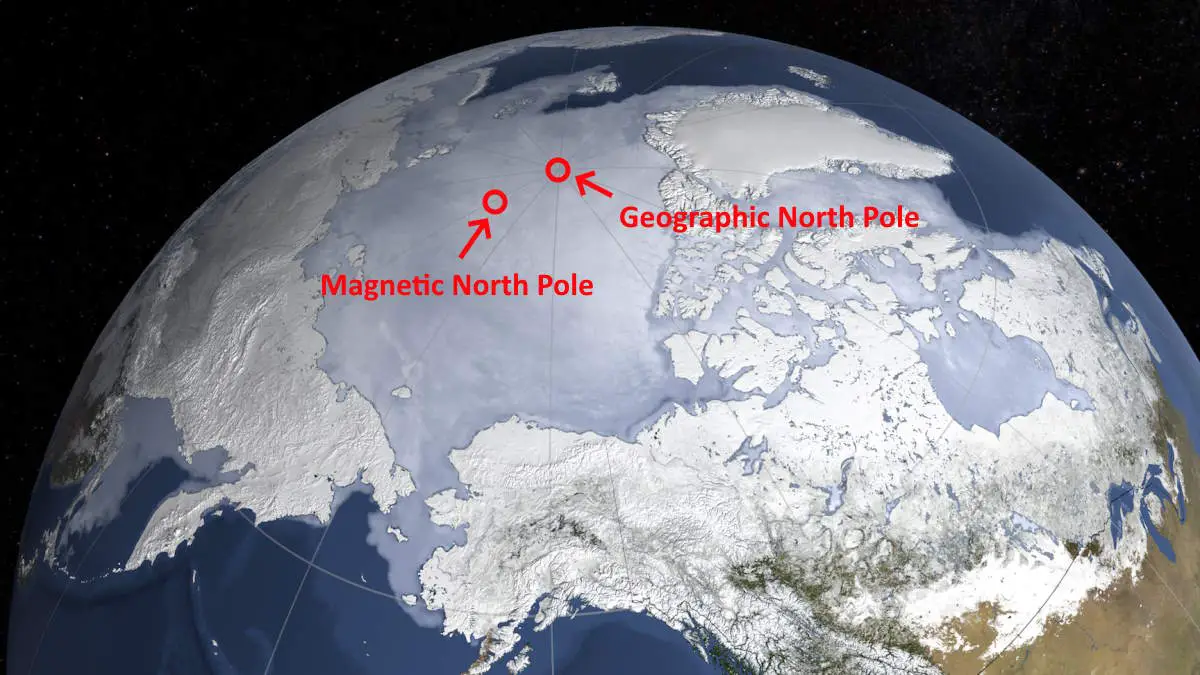On December 18, 2018, at around noon local time, a meteor about 10 meters (30 feet) long and weighing more than 1,500 tons, plunged into Earth’s atmosphere. It exploded over the Bering Sea and released energy equivalent to 173 kilotons of TNT – at least ten times more powerful than “Little Boy”, the atomic bomb dropped on the Japanese city of Hiroshima on August 6, 1945. Japanese weather satellite Himawari 8 has recorded the fireball of the meteor before it exploded.
